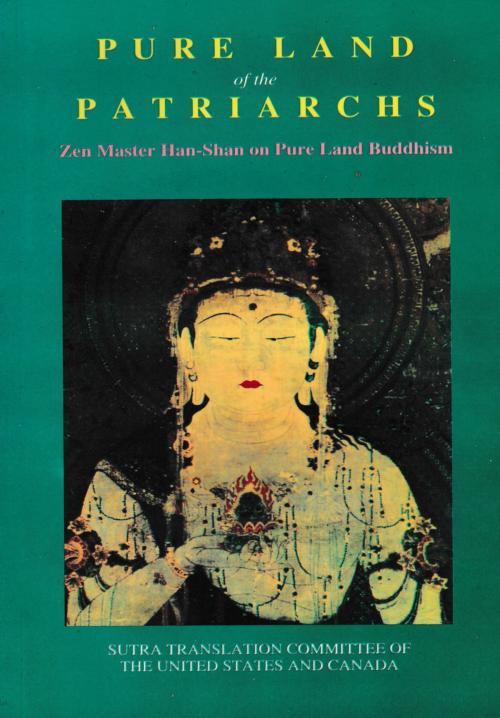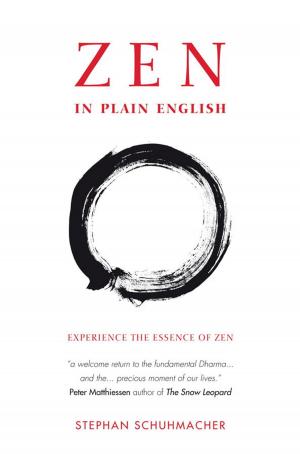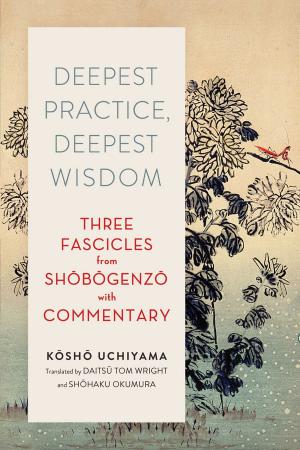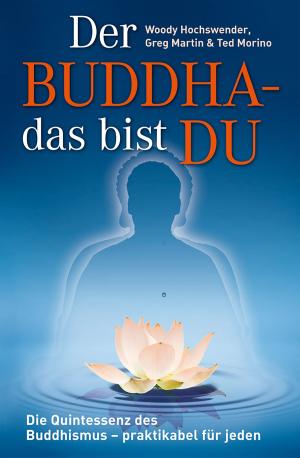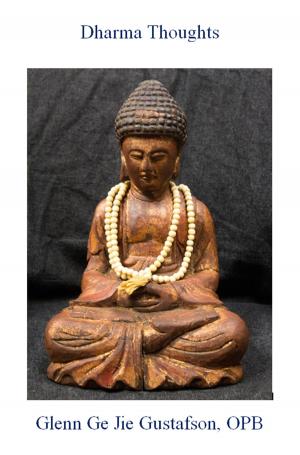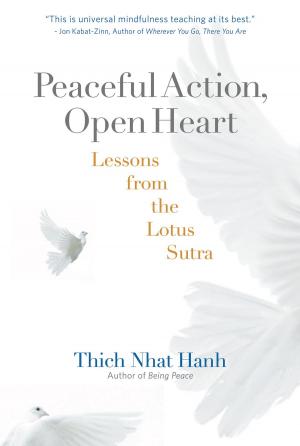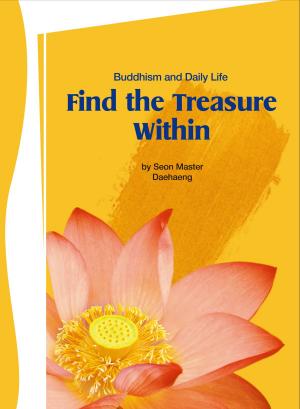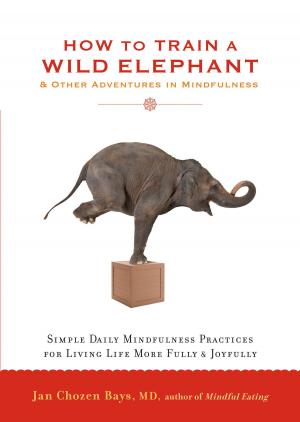| Author: | Zen Master Han-Shan | ISBN: | 9780978016371 |
| Publisher: | YMBA | Publication: | April 13, 2013 |
| Imprint: | Smashwords Edition | Language: | English |
| Author: | Zen Master Han-Shan |
| ISBN: | 9780978016371 |
| Publisher: | YMBA |
| Publication: | April 13, 2013 |
| Imprint: | Smashwords Edition |
| Language: | English |
All teachings in the Tripitaka (Buddhist Canon) are tools to induce sentient beings to sever attachment. To those attached to Emptiness, Buddha Sakyamuni taught Existence to break that grasp. To those attached to Existence, He taught Emptiness so as to loosen that grasp. To those grasping at both Emptiness and Existence, He taught "neither Emptiness nor Existence" to break that grasp. Lastly, to those grasping at "neither Emptiness nor Existence," He taught both Emptiness and Existence to break that attachment.
In short, the purpose is to draw all sentient beings away from attachments. That is the Buddhist teaching of salvation. There is no other way to return to the source [the Mind], though there are many different expedient methods. We Buddhist students and practitioners should not become attached to these methods. When thoughts arise in our mind discriminating between what method is right and what method is wrong, that is against the purpose of the Buddhas and is a deviation from the Buddhist path.
All teachings in the Tripitaka (Buddhist Canon) are tools to induce sentient beings to sever attachment. To those attached to Emptiness, Buddha Sakyamuni taught Existence to break that grasp. To those attached to Existence, He taught Emptiness so as to loosen that grasp. To those grasping at both Emptiness and Existence, He taught "neither Emptiness nor Existence" to break that grasp. Lastly, to those grasping at "neither Emptiness nor Existence," He taught both Emptiness and Existence to break that attachment.
In short, the purpose is to draw all sentient beings away from attachments. That is the Buddhist teaching of salvation. There is no other way to return to the source [the Mind], though there are many different expedient methods. We Buddhist students and practitioners should not become attached to these methods. When thoughts arise in our mind discriminating between what method is right and what method is wrong, that is against the purpose of the Buddhas and is a deviation from the Buddhist path.
